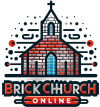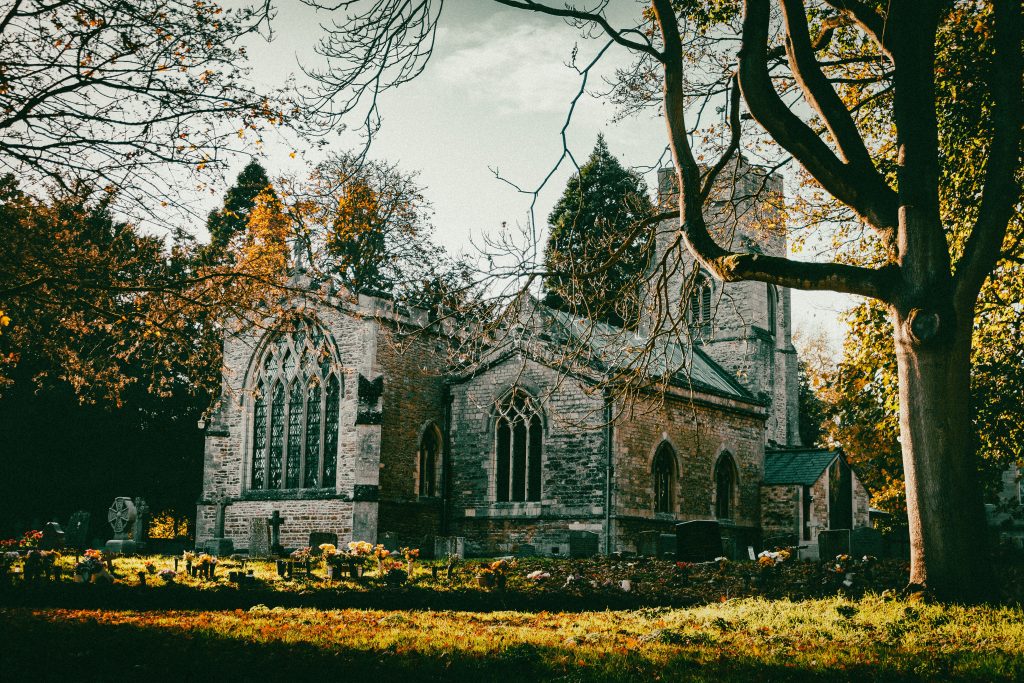The Brick Church has a long and storied history, dating all the way back to the early days of the colony of New Amsterdam. In this blog post, we’re going to take a look at the history of the Brick Church, from its humble beginnings to its present-day role as a beacon of hope in the heart of New York City. We’ll trace the development of the church through its various iterations, from its earliest days as a small wooden chapel to its current status as a landmark destination for tourists and New Yorkers alike. We’ll also explore the many ways in which the Brick Church has served as a home for all, regardless of race, religion, or background. By the end of this post, you should have a better understanding of the Brick Church and its place in New York City’s history.
The Middle Ages
The Middle Ages were a time of great change. Feudalism became the dominant economic system, most people lived in small villages, and worked as farmers. Few people could read or write, and the church was very powerful and influenced all aspects of life.
One major change during the Middle Ages was the rise of trade. This led to increased contact between different parts of the world, which in turn led to new ideas and technologies being introduced into society. Additionally, this period saw a shift from nomadic to sedentary lifestyles, which had a profound impact on many aspects of life. For example, this meant that towns began to form and more complex cultures began to develop. The rise of trade also allowed for greater prosperity for many people, as goods started to become more widely available.
The Reformation
The Reformation was a religious movement that took place in the 16th century. Led by Martin Luther, a German theologian, the Reformation resulted in the formation of the Protestant church. The Protestant church is known for its belief in Scripture alone as the source of religious authority, as well as its emphasis on faith over works. As such, it has had a significant impact on both Christianity and Western culture.
The Reformation resulted in a great divide between the Protestants and the Catholics. The Protestants believed that Scripture should be the only source of religious authority, while the Catholics believed that tradition (the teachings of previous saints) should also be considered. This division has had far-reaching consequences for both religions, with Protestant churches playing a major role in modern Christianity and the Catholic church remaining a major presence in European culture.
The Modern Era
On Sunday, December 12th, the first woman ever to hold a seat in the consistory of the Catholic Church was elected. This historic election is just one example of how far the Catholic Church has come in recent years. In addition to electing a woman as their leader, the Catholic Church has also focused on community outreach and mission in recent years. For example, they have created a new worship space that is more accessible and welcoming for people of all faiths. Additionally, they have installed a new pipe organ that will be used for community events and services. These are just some of the many examples of how the Catholic Church is continuing to grow and change in modern times.
The Catholic Church is a powerful force in the world, and their influence is only going to continue to grow in the modern era. They have created new worship spaces that are more accessible and welcoming for people of all faiths, they have installed a new pipe organ that will be used for community events and services, and they have elected a woman as their leader. These are just some of the many examples of how the Catholic Church is changing in the modern era.
Brick By Brick
The Brick Church is a beautiful and historic church that was built by immigrants from all over the world. The history of the church is a story of the people who built it. Thousands of workers came from all over Europe to build this fantastic structure. They were willing to work hard and build something beautiful in their new home, representing the strength and resilience of the human spirit. The Brick Church is also a symbol of hope and faith. It represents our belief that there is always light at the end of the tunnel, no matter how dark things may seem at times.
Despite everything that has happened in recent years, we can still find hope in the bricks of The Brick Church. We know that despite what appears to be an insurmountable obstacle, there is always a way forward if we are willing to fight for it. There will be bumps in the road, but with perseverance and determination we can overcome anything life throws our way.
A Home For All
The Brick Church is a welcoming place for all people, regardless of their background or beliefs. The church has always been an important part of the history of the city, and it continues to play a vital role in the community today. The church is open to everyone, regardless of their religion or language. This includes people who are Muslim, Christian, Jewish, and more.
The Brick Church also has a rich history dating back to 1892 when it was built as a place where all people could come and worship without having to worry about discrimination or judgement. Even though times have changed since then, the church maintains its tradition of being a home for all people.
This inclusive attitude has led to the church becoming an important part of the city’s culture and identity. The congregation represents all walks of life and religions in Burlington, Vermont, making it one of the most diverse places in town. Not only does this make for stimulating religious experiences for members of the congregation, but it also strengthens Burlington’s ties with its diverse communities around the world.
Sanctuary
The Sanctuary renovation was a huge undertaking in 1855. The cost for the renovations was about $600,000, which was a sizeable sum of money in that year. However, the church could now seat 1,500 people, which was twice as many as before the renovations. This increased capacity allowed the church to reach a much wider audience and gain national attention. Harper’s Weekly even featured an article on the new look of the church!
The response to the Sanctuary renovation has been overwhelmingly positive. Many people have praised Harper’s Weekly for their accurate reporting on the progress of the project and have said that it has restored their faith in journalism. Others have said that they now feel closer to God thanks to the renovated sanctuary. In short, while there are still some kinks left to be worked out, overall this restoration has been a huge success!
A Beacon Of Hope
The church has been a beacon of hope for people throughout its history, as evidenced by the many ways in which it has served as a support system for people in times of need. The church has been a place of solace and comfort for those who are grieving or who have lost loved ones. It has also been a source of strength and support for people during difficult times, such as during wars or natural disasters.
The church is often considered to be the birthplace of democracy, and it continues to be an important meeting place for people from all walks of life. The church provides an opportunity for individuals to come together and share their beliefs, as well as their thoughts and feelings. Through this process, the community can build solidarity and support each other in times of need.
The church has a long and proud history, and it is still an important part of the community today. The church provides a sense of community that is not found anywhere else in society. It is a place where people from all walks of life can come together and share their beliefs. This allows the community to build solidarity and support each other in times of need.
To Sum Up
The Brick Church has a long and storied history, dating all the way back to the early days of New Amsterdam. In this blog post, we take a look at the history of the Brick Church, from its humble beginnings as a small wooden chapel to its current status as a landmark destination for tourists and New Yorkers alike. We trace the development of the church through its various iterations, from its earliest days as a small wooden chapel to its current status as a beacon of hope in the heart of New York City. We also explore the many ways in which the Brick Church has served as a home for all, regardless of race, religion, or background. What an incredible journey it has been! The Brick Church has truly been a symbol of hope and resilience throughout its history, and it continues to be so today. As we move forward into the future, let us remember the lessons taught by those who have come before us. Let us build on their foundation and create something even more beautiful: A world that is inclusive and welcoming to all people, regardless of their background or beliefs.

